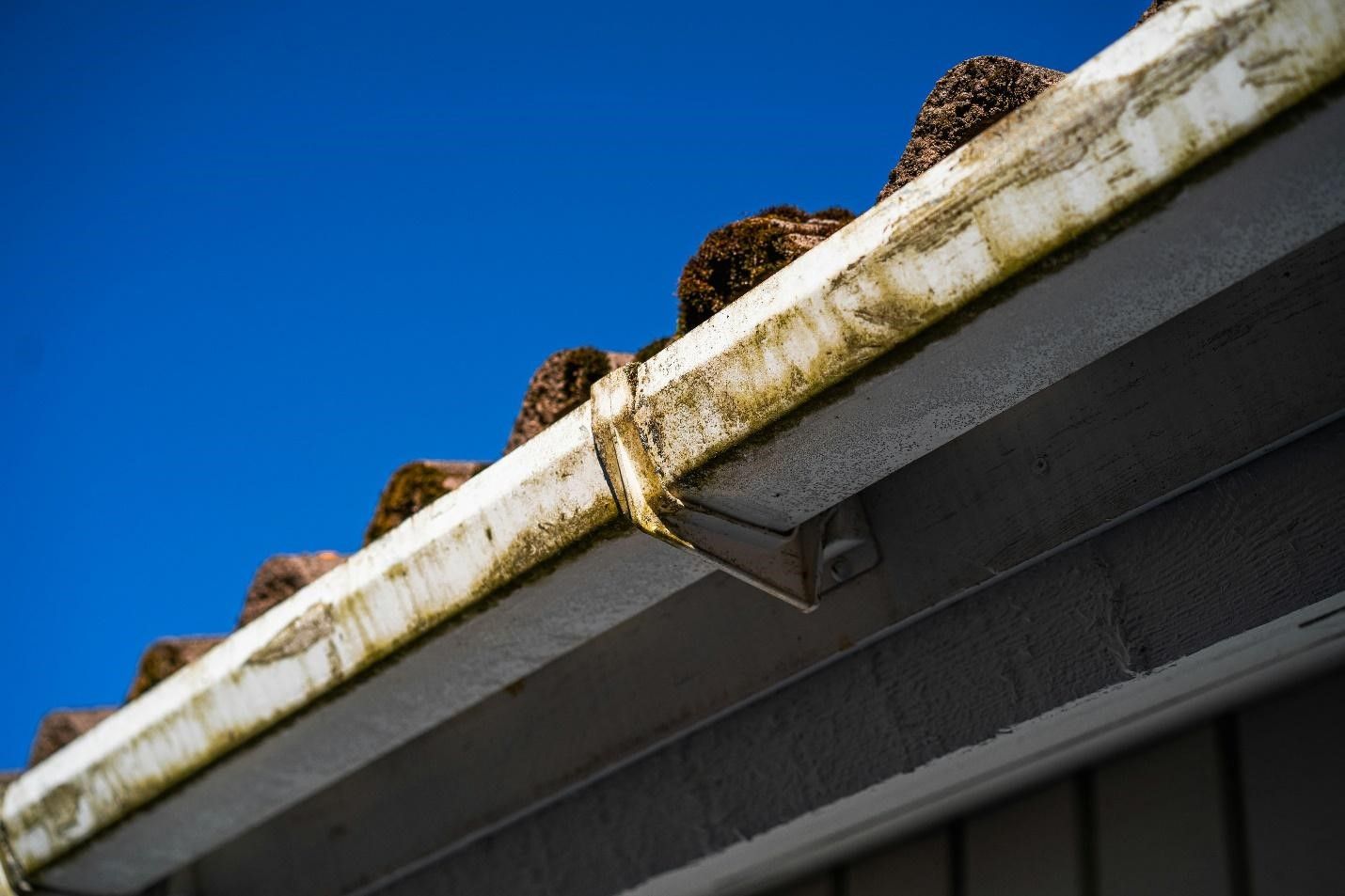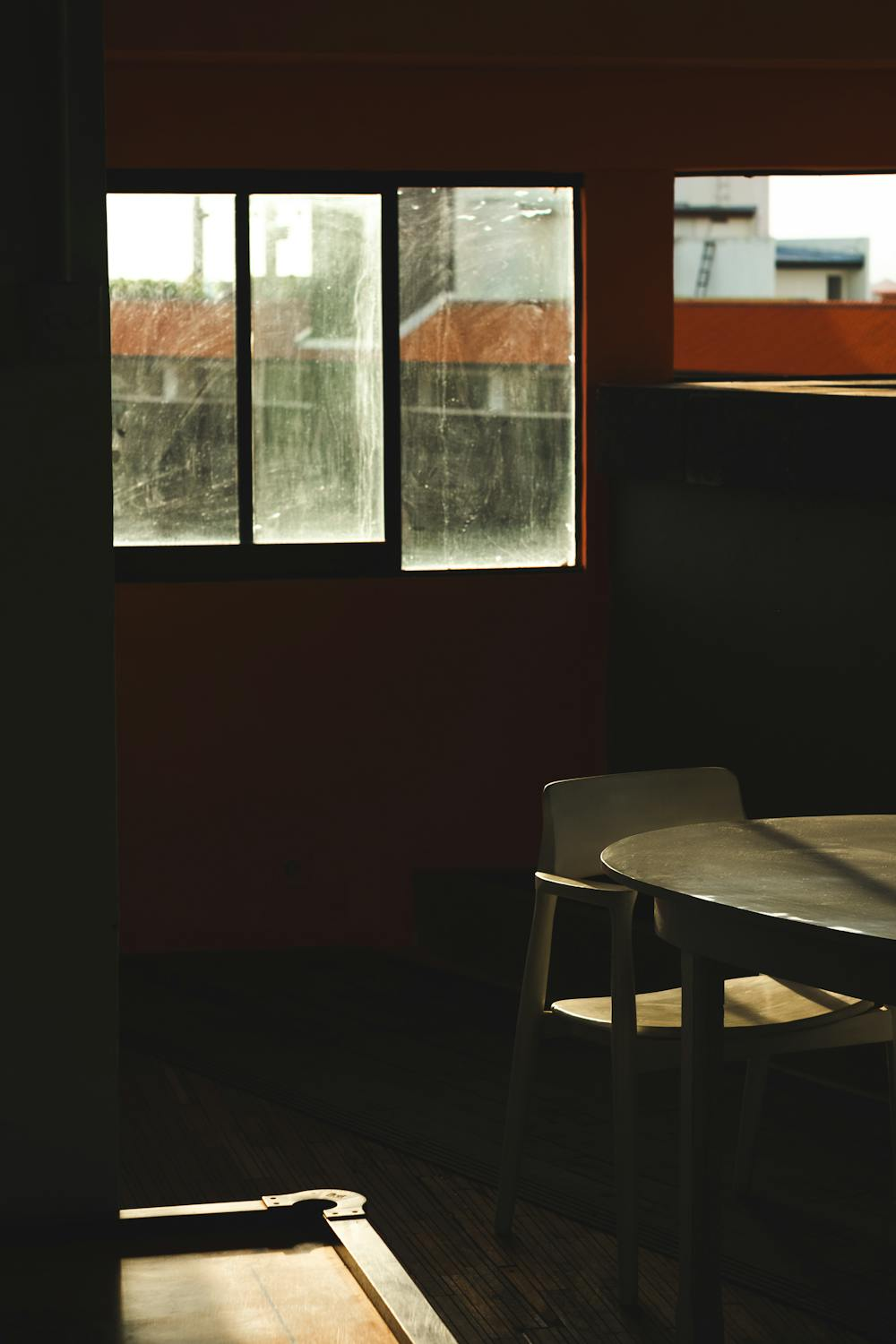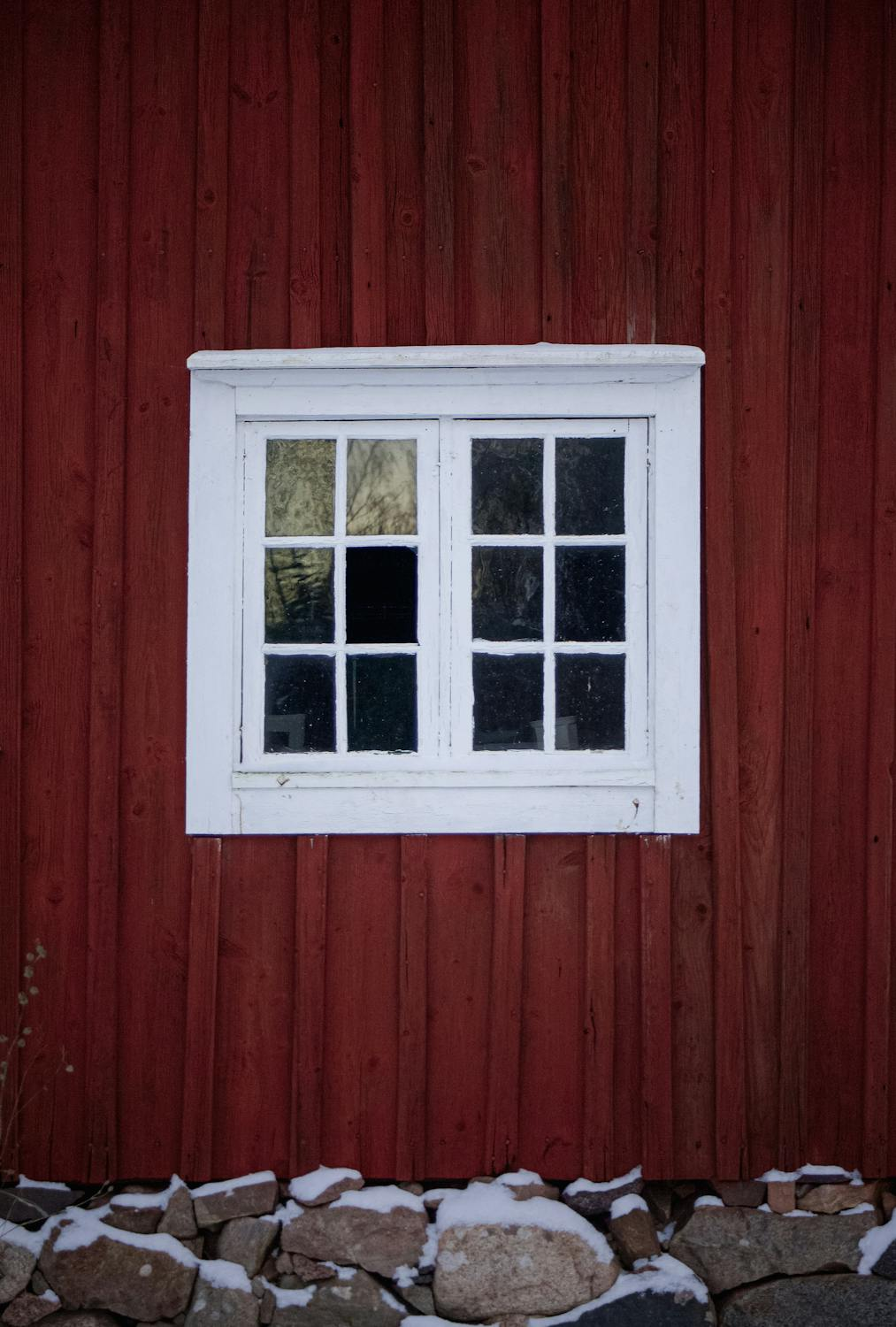How Pollen Build-Up Affects Solar Panel Performance: A Seasonal Challenge
It’s a sunny spring morning. The sky is clear, your solar panels are soaking in the sunlight, and yet, the energy output of your solar panels is lower than expected. Why? The culprit might be something you barely notice. It’s pollen.
Every spring, trees and plants release pollen into the air. It floats around, lands on everything, and creates a thin layer of yellow dust. That fine, yellow dust coating your car, windows, and outdoor furniture also blankets your solar panels. Pollen may be small, but when it builds up on solar panels, it starts to block sunlight. Though it might not seem like a big deal, pollen on solar panels can quietly sabotage your system’s performance.
In this article, we’ll explore how pollen buildup impacts your solar energy efficiency, why it’s especially challenging in spring, and what you can do about it. If you're looking to get the most out of your solar investment, keep reading, because this guide is created just for you.
Why Should Solar Panels Be Kept Spotless
Let’s start with a simple truth. Solar panels work best when their surfaces are clean and clear. The glass on top of the panels is designed to let in as much sunlight as possible. This means the more sunlight that reaches the solar cells inside, the more electricity is generated. So, to function smoothly, solar panels need to stay spotless, because even a light covering of dust can reduce how much energy the panel can produce.
Spring Is the Toughest Season for Solar Panels
Spring is beautiful, but it can be tough on your solar panels. Considering the above-mentioned factor that reduces solar panel efficiency, it’s not hard to see why spring is the most challenging season out of all four seasons. Simply put, spring is the time when pollen is at its highest. Trees, grasses, and flowers all release large amounts of pollen into the air during this time, especially during early mornings and windy afternoons. Thus, during spring, pollen often spreads in thick layers.
Pollen, in particular, is sneaky. When pollen collects on the surface, it forms a soft, dusty film, which blocks part of the light from getting through. Moreover, pollen doesn’t just sit on the surface. It can cling to the glass, settle into panel corners, and form a fine film that blocks light. As a result, this buildup reduces the energy production of your solar panels, leaving you with less power and higher utility costs. If it’s left unchecked, it can also attract more dust, mold, and moisture, which creates an even bigger mess.
Here’s a quick look at how spring stacks up in terms of solar performance risks.
| Season | Pollen Levels | Risk to Panels | Maintenance Tip |
|---|---|---|---|
| Winter | Low | Low | Check for snow or dust |
| Spring | High | High | Clean panels often |
| Summer | Medium | Medium | Rinse after dry spells |
| Fall | Medium | Medium | Clear off leaves and dirt |
Hence, during spring,
seasonal solar panel cleaning becomes more than just a good idea. It becomes a must.
The Real Cost of Pollen Build-Up
It’s easy to shrug off pollen. After all, it’s natural, right? Well, here’s the catch. Pollen on solar panels may not seem like a big deal at first, but a thin layer of pollen can reduce panel output by up to 20%, and in high-pollen regions, it can be even worse. Let’s do the math.
If your solar system is expected to produce 1,000 kWh per month, a 20% drop means a loss of 200 kWh. That’s like leaving a light on 24/7 for weeks. Multiply that by spring’s three months, and you could lose up to 600 kWh, which is enough to power an entire household for a month or more.
Now, imagine that year after year. You’re losing efficiency, paying more for grid electricity, and shortening your panel lifespan, all because of something as small as pollen. Therefore, if you’re not cleaning your panels regularly during spring, you could be losing out on savings without even knowing it.
Effects of Pollen Build-Up on Solar Panel Performance
Pollen doesn’t just reduce the amount of sunlight that reaches your solar panels; it does more than that. Beyond the basic reduction in light absorption, here are some other effects.
1. Sticky Layers Trap More Debris
Pollen is naturally adhesive. When it mixes with morning dew or rain, it forms a gluey film. This sticky surface then attracts more dust, dirt, and even mold spores.
2. Uneven Shading Causes Hotspots
Pollen buildup can create patchy shading across your panels. This uneven exposure can trigger “hotspots,” which are the areas that heat up more than others. Hotspots can damage cells over time and reduce the panel’s efficiency permanently.
3. Misleading Monitoring Systems
Most solar monitoring tools track system performance, not cleanliness. So even if your dashboard looks fine, you might still be producing 15–25% less power than you should. The numbers don’t tell the whole story.
4. Interference with Anti-Reflective Coatings
High-quality solar panels often come with anti-reflective (AR) coatings to maximize sunlight absorption. Pollen and other organic matter can gradually degrade or interfere with these coatings and reduce their effectiveness. This not only lowers panel output but can also shorten the lifespan of the panel surface, leading to long-term efficiency losses even after cleaning.
5. Increased Maintenance Costs Over Time
When pollen buildup is neglected, it often requires more intensive cleaning methods to remove, especially if it has hardened or mixed with other environmental contaminants like bird droppings or sap. This leads to more frequent cleanings, increased maintenance costs, and potential reliance on professional services to restore efficiency.
More Than Just a Layer of Dust
Pollen is stubborn. When it settles on the surface of solar panels, it doesn’t always blow away with the wind. Rainwater doesn’t always wash it off either. In fact, when pollen mixes with water, it often forms a thin film that sticks even harder. So, over time, the panels get dirtier, and their performance keeps dropping. If you used to think that rain would wash it off, unfortunately, it doesn’t. This makes seasonal solar panel cleaning a must.
Spring Cleaning Is Essential
When it comes to cleaning pollen off your panels, you’ve got two options: do it yourself or hire a professional. If your panels are easily accessible (like on a ground mount or single-story roof), a light rinse with soft water and a non-abrasive cloth can help. However, be careful, because using the wrong tools can scratch the surface, void your warranty, or cause electrical risks.
For rooftop systems or large solar setups, professional cleaning is usually safer and more effective. Like ours at Clear Wave, a professional team uses special tools and methods to clean deeply without causing any damage.
Simple Spring Checklist for Solar Panel Care
Keeping your solar panels clean during pollen season doesn’t have to be a complicated task. A few proactive steps can go a long way in preserving your system’s performance and extending its lifespan. Here’s a quick and practical checklist to help you care for your panels this spring.
- Inspect panels weekly for yellow dust or film.
- Rinse panels gently with soft water if they look dusty.
- Avoid cleaning during strong sunlight. Early morning or evening is best.
- Use soft tools only—no hard brushes or pressure washers.
- Schedule professional cleaning if the panels are hard to reach or very dirty.
By following this simple routine, you can avoid the common problems caused by pollen on solar panels and keep your system working well throughout the season.
The Clear Wave Advantage
At Clear Wave, we understand how seasonal changes affect solar systems. Our team is trained to remove tough layers of pollen and dirt using safe, eco-friendly methods. Thus, we don’t just clean; we help your panels stay strong and productive all year long.
Our seasonal solar panel cleaning services are fast, affordable, and reliable. Don’t just take our word for it. See what our customers are saying!
Tiny Dust, Big Impact
To conclude, pollen may look like harmless yellow powder, but it can quietly take a toll on your solar panel system. It blocks sunlight, reduces energy output, and slowly cuts into your savings. Since spring is the most important time to act, don’t wait. If you want to protect your investment, now is the time to clean.
By staying ahead of pollen buildup, you’ll enjoy better energy, lower bills, and longer-lasting panels. It's a small step that makes a big difference.
Let’s Power Through Pollen Together!
Don’t let pollen slow you down this spring. Book your spring cleaning today and make every ray of sunshine count with Clear Wave! Get a free quote today!






